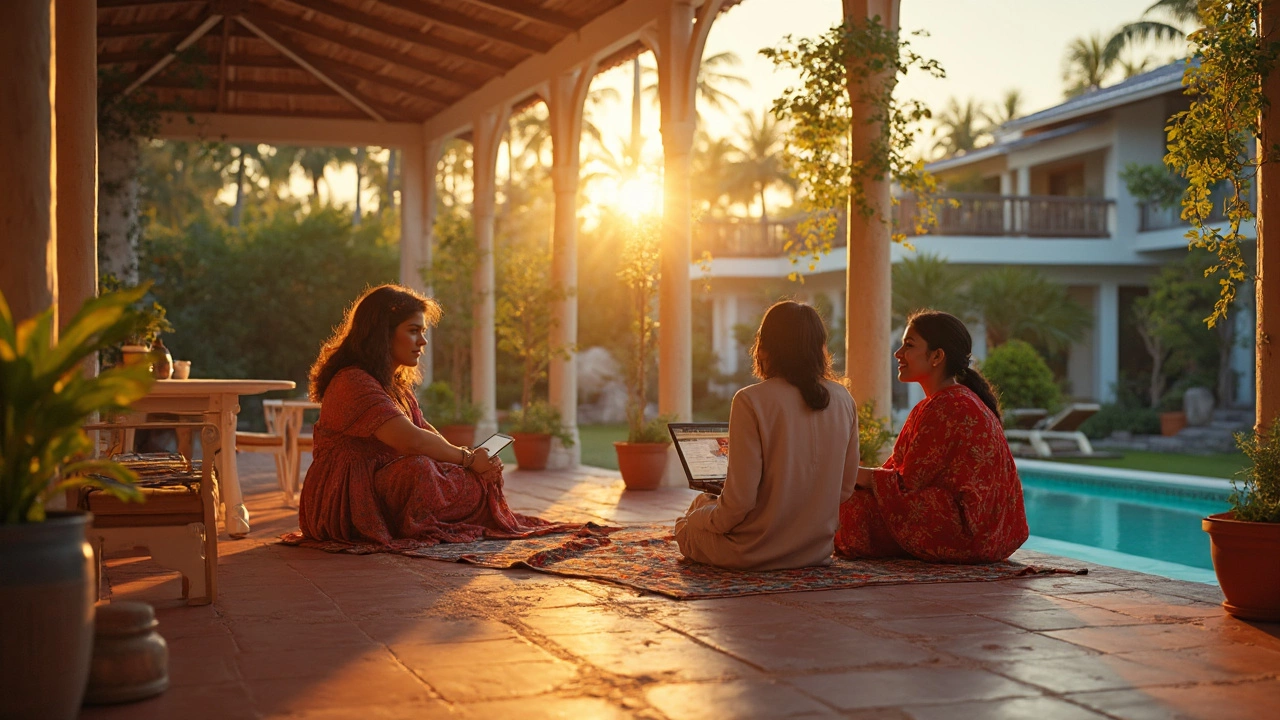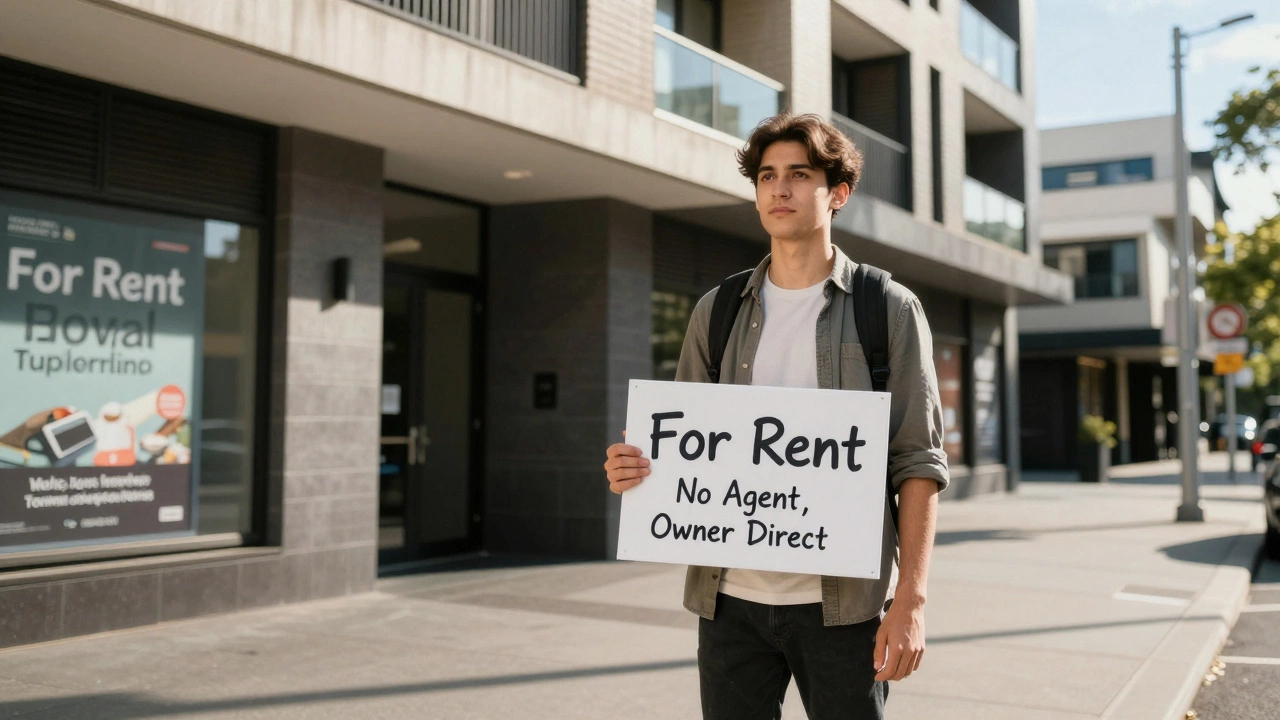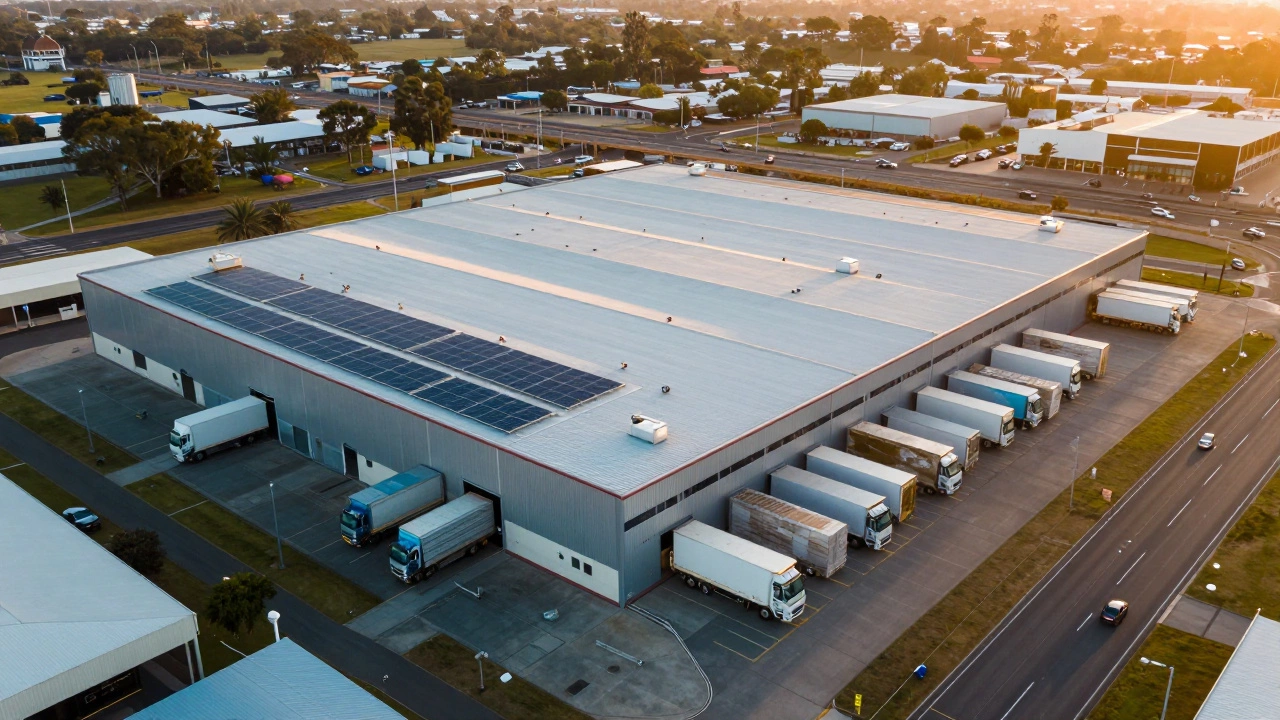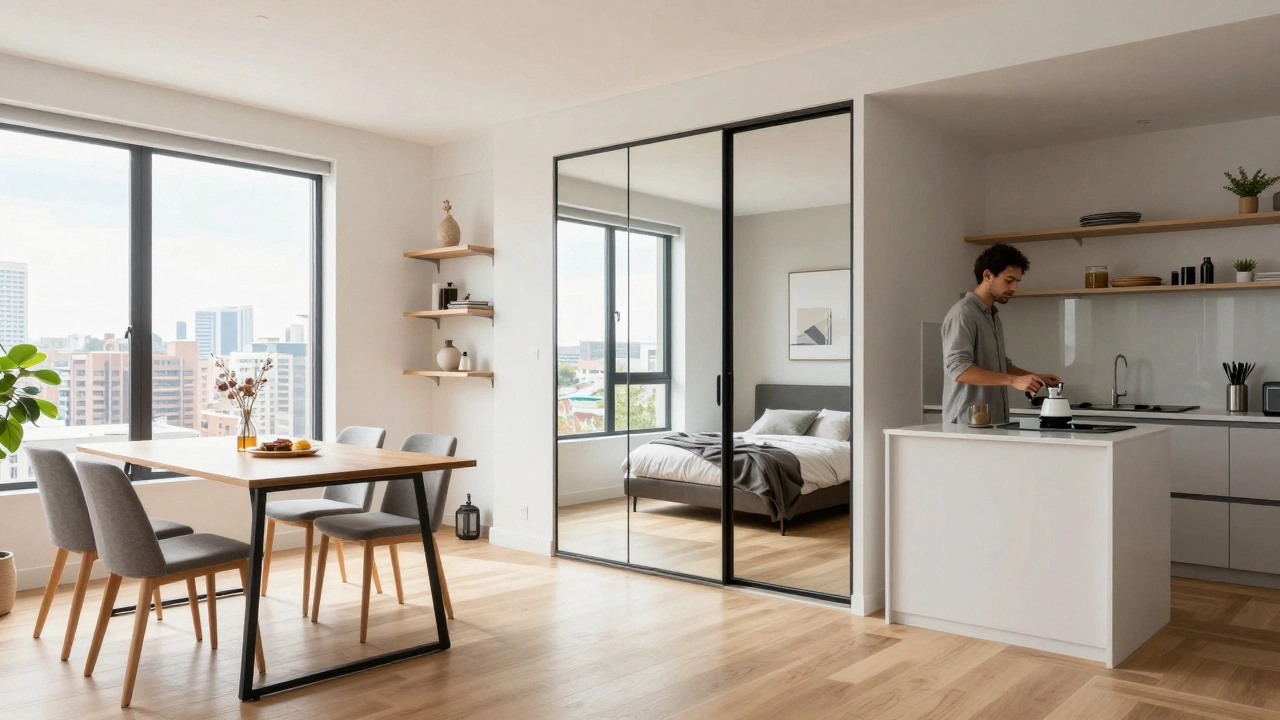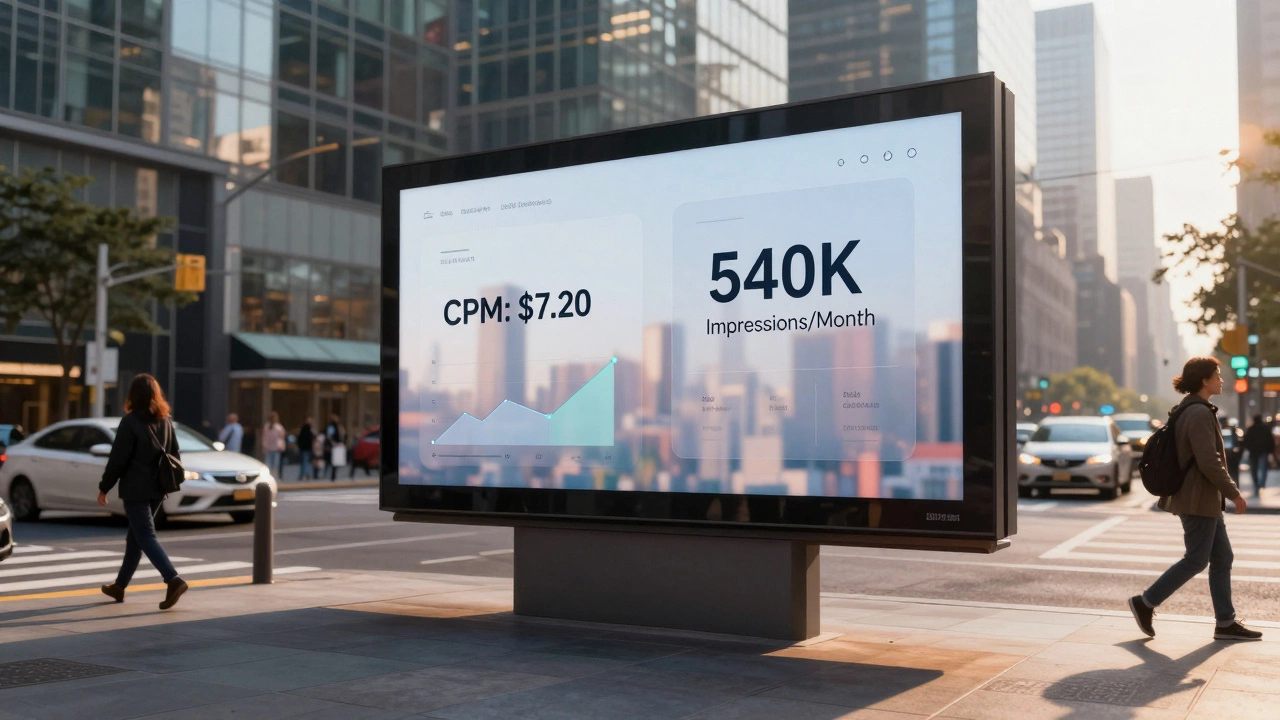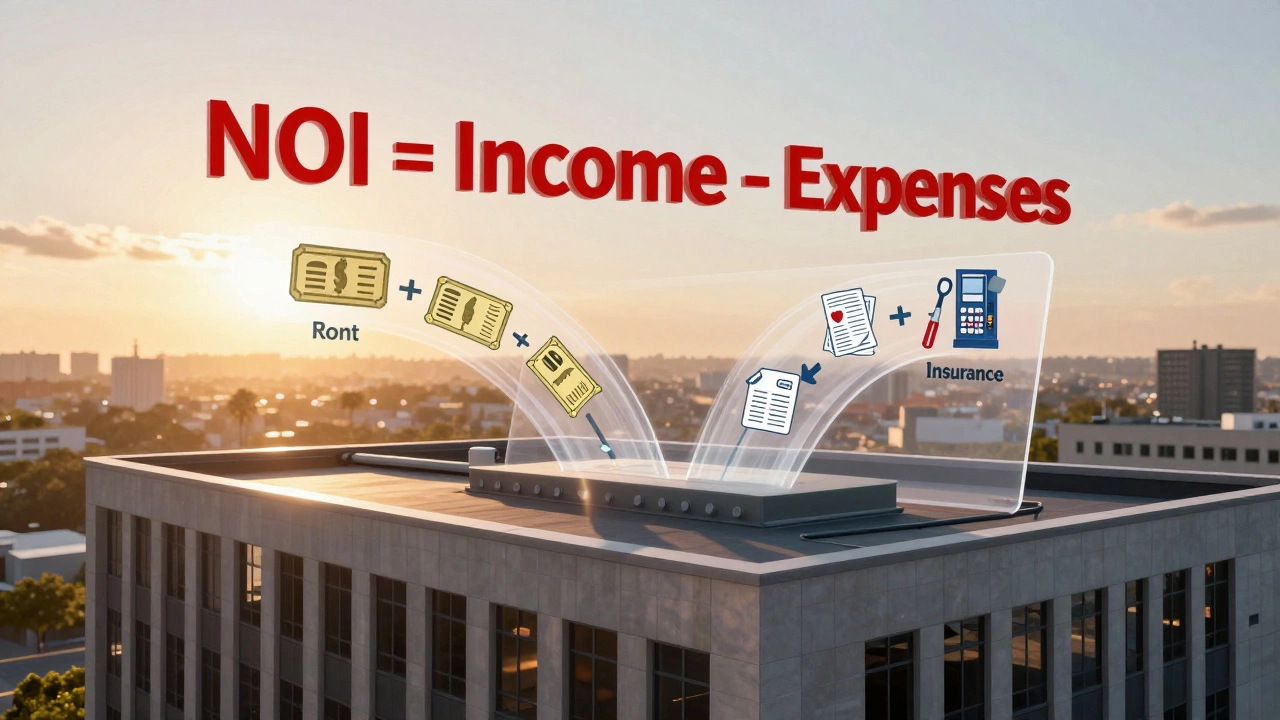Buying a villa to use as a homestay sounds like an easy way to make money, but there’s a lot more to it than just letting out a spare room. Before you dream about collecting rent from happy travelers, you need to think about what actually drives bookings—and your profits.
The market’s hot. Plenty of people are looking for private places over hotels, especially families and groups who want a homey vibe and privacy. But the flip side? You’re not alone. Loads of other homeowners are also turning their villas into homestays, which means getting bookings isn’t automatic. Location is everything. If the villa’s far from major attractions, don’t expect a steady stream of guests, no matter how pretty it looks in photos.
- The Real Deal with Homestay Investments
- What Guests Want (and Pay For)
- Hidden Costs and Common Pitfalls
- Standing Out from the Crowd
- Maximizing Returns: Smart Owner Moves
The Real Deal with Homestay Investments
If you’re thinking about putting your money into a villa to run as a homestay investment, here’s the reality—returns can be tempting, but you’ve got to know exactly what you’re getting into. Let’s cut through the hype and get into some solid facts.
For starters, the global short-term rental market hit over $120 billion in 2024, according to Statista. In tourist hotspots, some villa owners easily pocket twice as much as standard long-term landlords. But these paydays aren’t guaranteed. Occupancy swings. For example, in places like Goa or Bali, the average villa occupancy rate in peak season can hit 70–80%, while in off-season it might dip below 35%.
| Location | Peak Season Occupancy | Off-Season Occupancy |
|---|---|---|
| Goa | 75% | 30% |
| Bali | 80% | 35% |
| Lonavala | 70% | 28% |
Most new investors expect bill payments, repairs, and cleanings to eat into their returns, but don’t forget local rules. Some cities now limit how many days per year you can rent out on Airbnb, and certain gated communities ban short-term rentals altogether. Always check local laws before you buy—seriously, this can make or break your entire plan.
Another thing—your income isn’t fixed. One month you’re full, the next, crickets. You need a cash cushion for those leaner months. And those stories about ‘passive income’? You’ll still field calls at midnight about broken geysers if you don’t have an on-site manager.
Here’s a quick gut check list for a solid investment:
- Is the villa in a top tourist spot?
- Does local law allow short-term stays?
- Can you handle up and down monthly earnings?
- Do you have a plan for cleaning and quick turnarounds?
If you check these boxes, you’re closer to making a homestay work for you. But never rush in thinking it’s “easy money”—it’s real business, not a lottery ticket.
What Guests Want (and Pay For)
It’s not just about having a roof and four walls—guests these days are picky. Most aren’t looking for the cheapest deal; they want a place that feels like home or even better. If you’re thinking of a homestay investment, ask yourself: Does your villa tick these boxes?
- Location: Convenience rules. Villas near beaches, city hotspots, or tourist areas get booked way faster. Proximity to restaurants, local markets, and attractions is a big deal.
- Modern amenities: Free Wi-Fi, air conditioning, a stocked kitchen with good appliances, and toiletries. Many guests also look for Netflix, smart TVs, and a washing machine.
- Cleanliness: Super clean spaces are non-negotiable—tons of reviews complain about dirty bathrooms or dusty corners. Hiring a professional cleaner can be a game changer.
- Good reviews: Properties with an average rating above 4.5 on Airbnb or Booking.com see up to 40% higher demand. First few reviews matter a LOT.
- Unique touches: A pool, garden, or local decor helps your property stand out, especially in crowded areas.
Here’s a simple snapshot of what drives bookings and average nightly rates for villas, based on a 2024 survey by AirDNA:
| Feature | Booking Boost (%) | Average Nightly Rate (INR) |
|---|---|---|
| Private Pool | +58% | 12,250 |
| High-Speed Wi-Fi | +35% | 10,000 |
| Pet-Friendly | +22% | 9,300 |
| Smart TV | +15% | 9,600 |
| Outdoor BBQ | +8% | 8,900 |
Families usually want space for kids, a safe environment, and maybe a small play area. Couples go for cozy corners, privacy, and good lighting. Digital nomads care about fast, reliable internet and space to work.
If you’re aiming for repeat bookings, be flexible with check-in/out times and respond to questions fast—most guests book with owners who reply within an hour. So, if you want consistent traffic and premium rates, invest in stuff people actually want, not just what you think looks fancy.
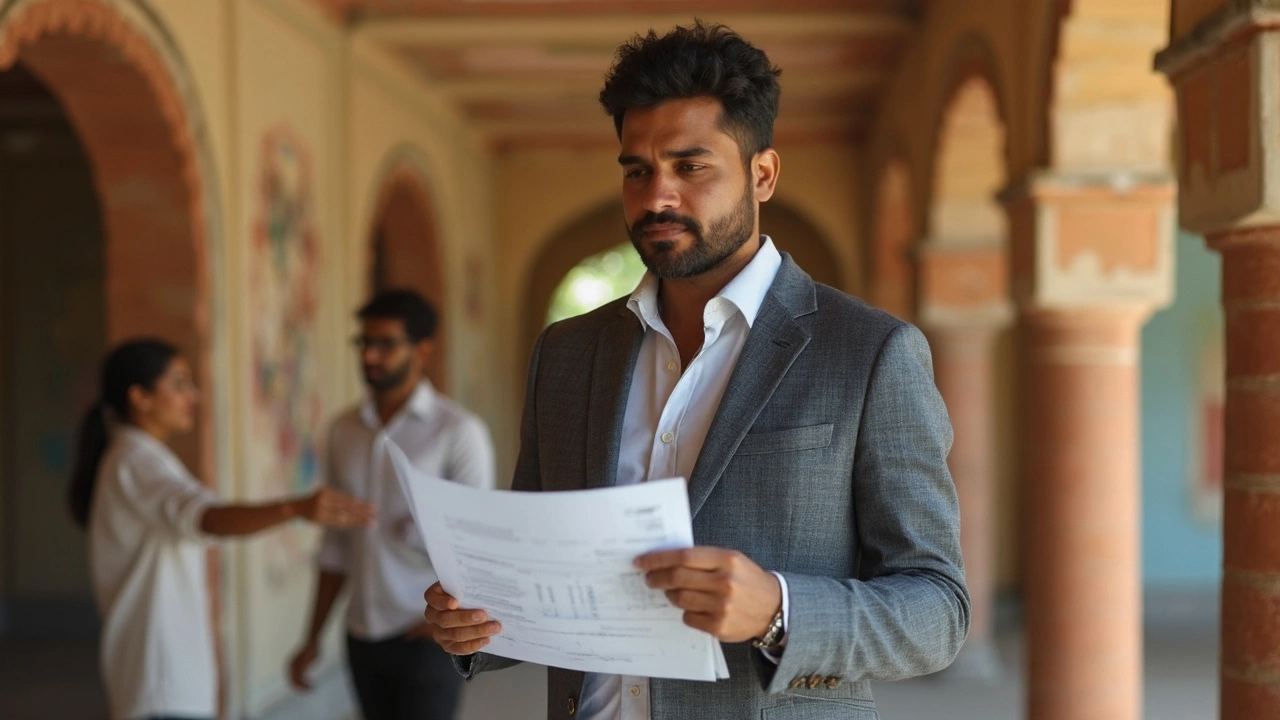
Hidden Costs and Common Pitfalls
Jumping into the homestay investment game with a villa seems like a solid plan, but there are costs people don’t usually see coming. Let’s break down the usual suspects so you’re not caught off guard.
First off, you’ve got the regular stuff: property taxes, insurance, and maintenance. But for homestays, these are almost always higher than for standard homes. Insurance for short-term rentals can cost 25% more than traditional home insurance because guests come and go.
Furniture and décor aren’t a one-time big spend. Things get damaged, lost, or just worn out faster when you’ve got a constant stream of new faces. In a survey by Airbnb in 2024, villa owners reported spending an average of $2,100 every year just to replace basics like linen, kitchenware, and minor electronics.
Cleaning between guests isn’t optional. A professional cleaning crew can cost anywhere from $30–$80 per stay, and that adds up if you’re booked regularly. And let’s not forget utility bills: guests are notorious for running ACs all day, taking extra-long hot showers, and bumping up your bills by 20-30% compared to a regular home.
Here’s a table breaking down some real average yearly costs for villa homestay owners in India (2024):
| Cost Type | Average Yearly Cost (INR) |
|---|---|
| Insurance | 45,000 |
| Maintenance & Repairs | 60,000 |
| Cleaning Services | 35,000 |
| Utilities | 55,000 |
| Property Management Fees* | 70,000 |
| Furniture & Appliance Replacement | 18,000 |
*If you use a property manager to handle bookings, guest check-ins, and emergencies, they’ll take 10-20% of your rental income.
Pitfalls? Double bookings can ruin guest experiences. Delayed repairs or poor cleaning sink your reviews—fast. Local regulations change all the time, too. Some cities have started charging up to 12% as a hospitality tax or require special licenses, so you really need to stay on top of the rules. If you ignore these, you could get fined or even shut down.
Bottom line: the freedom and income from a villa homestay can be great, but only if you’re ready to deal with all the nitty-gritty extras.
Standing Out from the Crowd
The villa market’s getting crowded, so you want guests to pick yours over the rest. If you think just having a big house and a pool is enough—think again. People scroll through dozens of listings before they book, and what grabs their attention are little details and a few special extras.
The most booked homestay investment properties have high-res, well-lit photos. No blurry phone pics. Get a pro photographer, or at least use a modern phone and take shots on a sunny day. Add evening photos if your villa has cool lighting.
Personal touches matter. Stock up on the basics—coffee, tea, and snacks go a long way. Fast Wi-Fi is non-negotiable these days. Smart TVs, Netflix, even a Bluetooth speaker—all these little things make your villa pop up on wishlists.
Cleanliness and reviews go hand in hand. According to data from Airbnb in 2024, listings with ratings above 4.8 stars get 80% more bookings than the average. That’s a massive difference for villas in the same price range.
| Amenity | Impact on Bookings |
|---|---|
| High-speed Wi-Fi | +65% |
| Pool | +52% |
| Self check-in | +30% |
| Pet-friendly | +22% |
| Welcome kit (local snacks) | +19% |
Want more direct bookings? Try these tips:
- Respond fast to messages—guests love quick answers.
- Offer early check-in or late check-out as a bonus.
- List your villa on multiple platforms—not just Airbnb. HomeAway, Booking.com, and even Instagram reels can bring in extra eyeballs.
- Get to know the area. Guests trust hosts who share real local tips, from the best breakfast café to hidden beaches.
If guests feel like your villa offers something different (and you make the booking process easy), they’re more likely to skip the competition and book yours. It just takes a few smart moves, some effort, and a focus on the stuff people actually care about.

Maximizing Returns: Smart Owner Moves
To really get the most out of your homestay villa, it’s not enough to just slap it on a rental site and wait for bookings. The owners who rake in steady income are the ones who treat their place like a business—because it is.
First thing: professional photos are a must. No one’s booking a place with grainy, poorly lit pictures. Clean up, stage every room, and hire someone who knows how to show off your space. On Airbnb, well-shot listings can get up to 40% more bookings, according to their own data.
Next, be smart about pricing. Don’t just copy what your neighbors charge. Use dynamic pricing tools like Beyond Pricing or AirDNA. These apps automatically tweak your nightly rate based on demand, season, and local events. Owners using dynamic pricing see an average boost of 20% to their rental income versus flat rates.
Here are a few practical moves that separate the pros from the rest:
- homestay investment tip: Offer essentials like fast WiFi, quality mattresses, and blackout curtains—these are non-negotiables for most guests.
- Respond to guest inquiries fast. AirDNA says listings with replies under an hour get better ratings and show up higher in search results.
- Automate where you can. Use smart locks, self check-in, and auto-messaging to save time and make things smooth for guests.
- Ask for reviews consistently, not just when things go perfectly. Even a short, honest review beats none at all when people are scrolling through loads of options.
- Stay on top of maintenance, especially plumbing, AC, and pest control. The fastest way to tank your ratings? Broken stuff and bugs.
And here’s a bonus: consider renting longer-term during low seasons. A month-long booking at a slightly lower rate can beat weeks of vacancies. This cushions your income and means less hassle with cleaning and turnover.
If you nail the basics and work smarter than your competition, turning your villa into a profitable homestay isn’t some pipe dream—it’s just good business sense.
